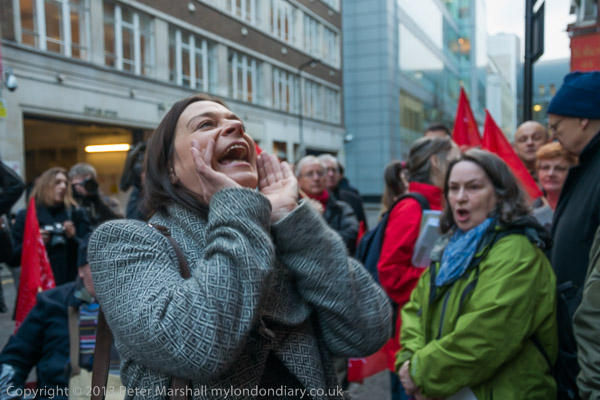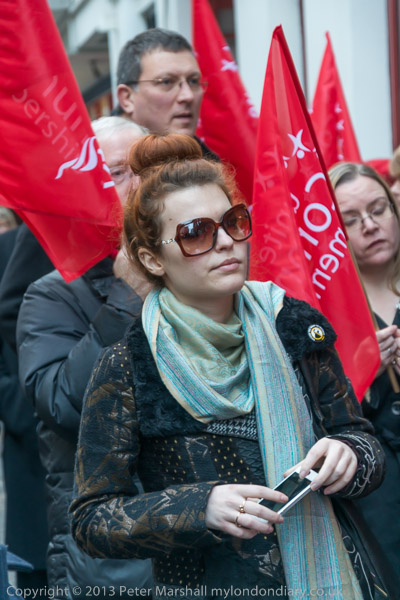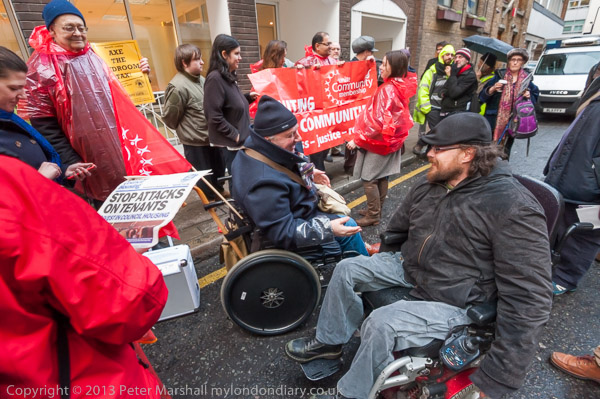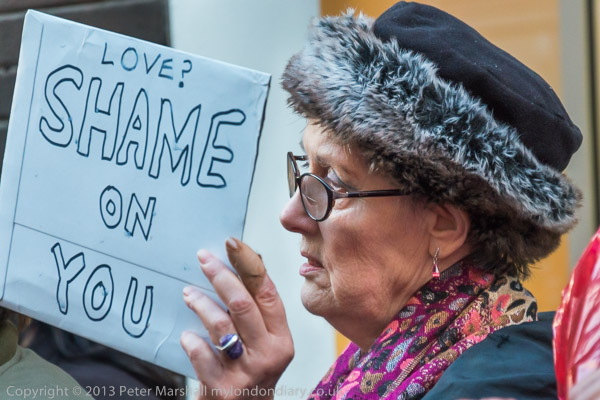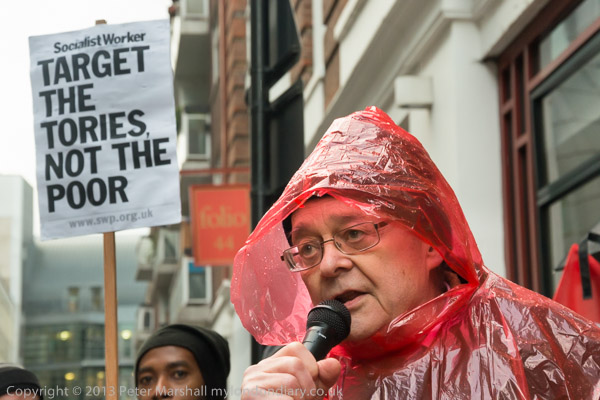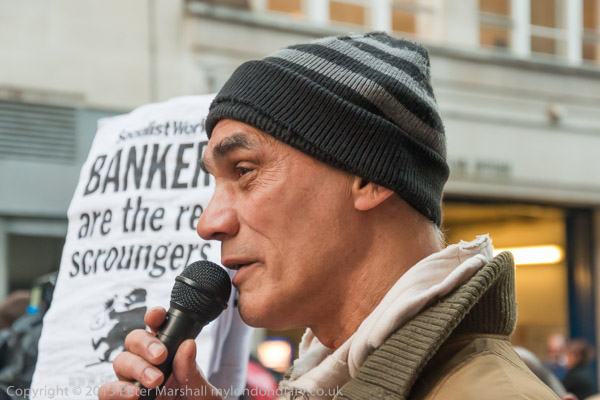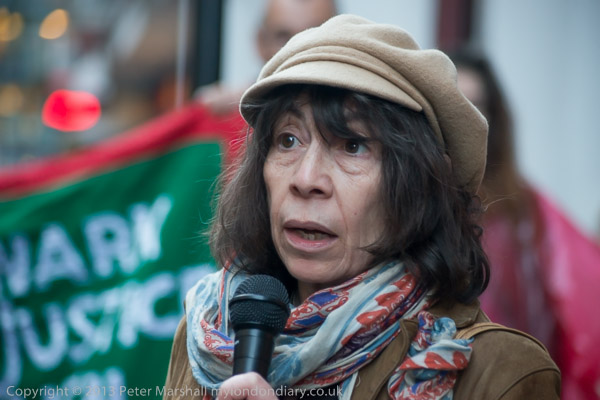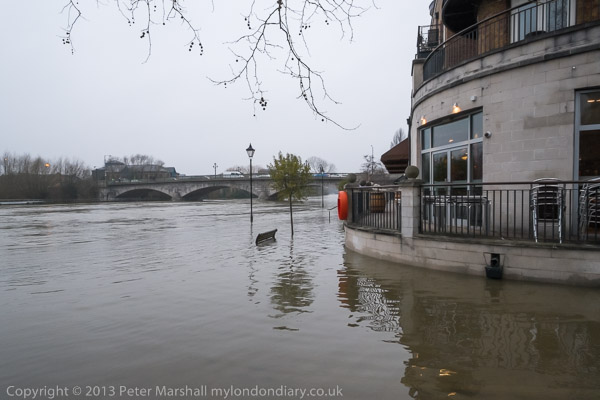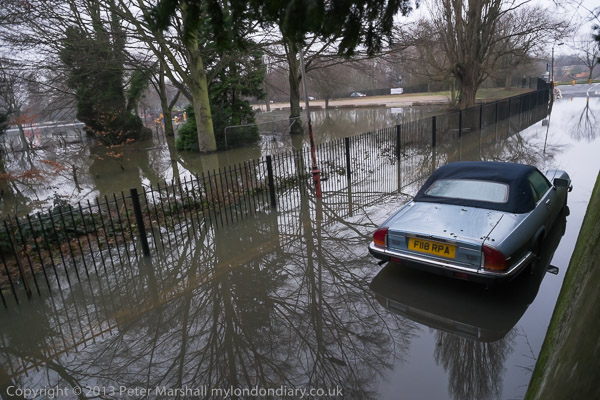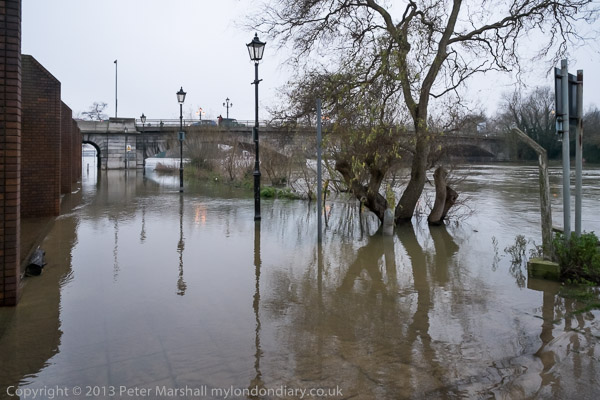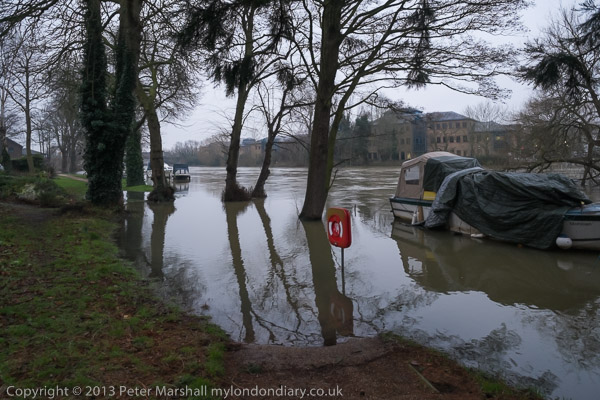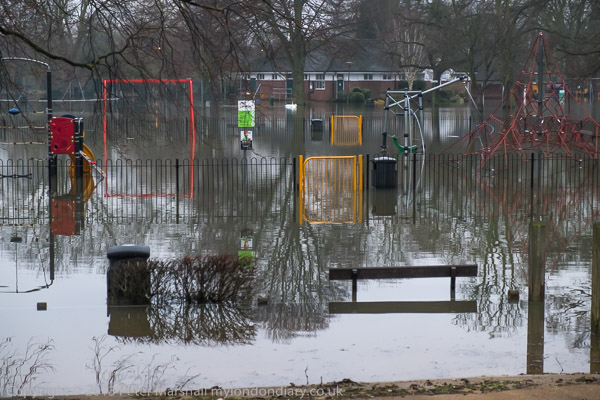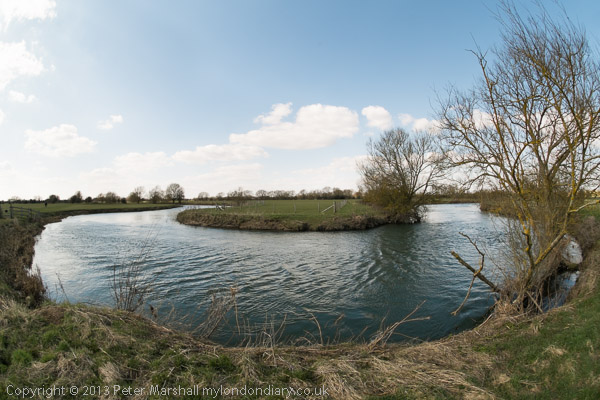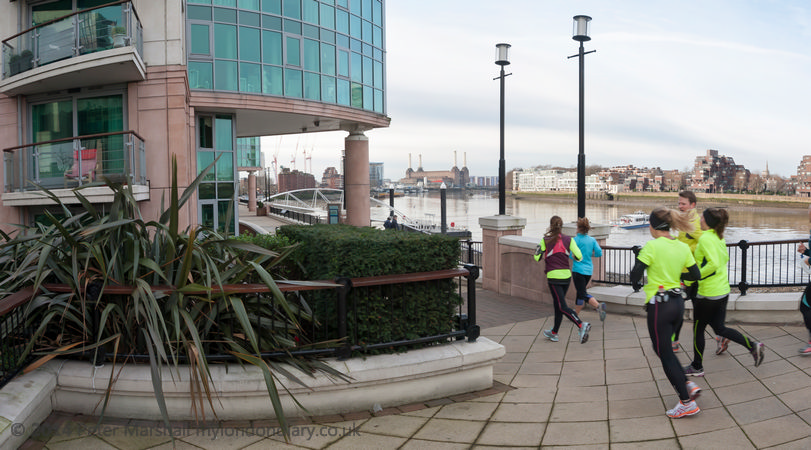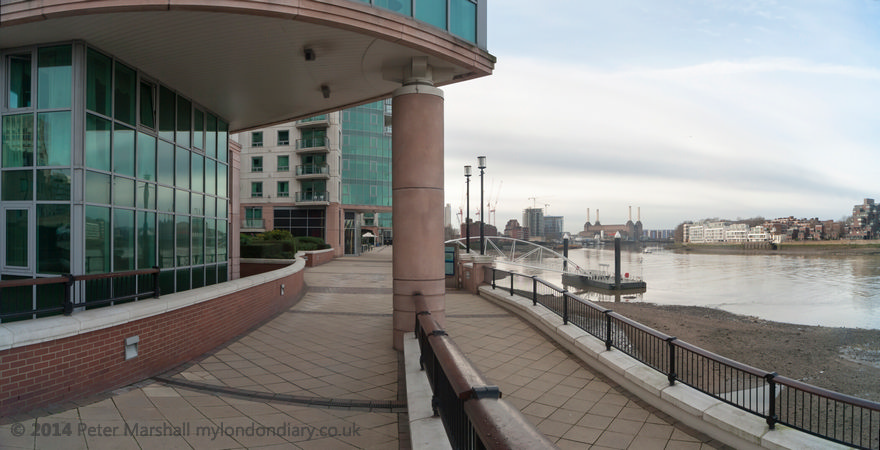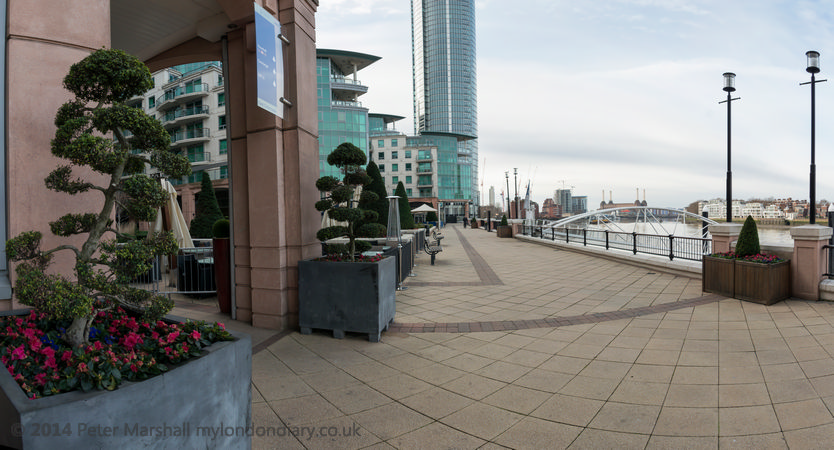I don’t like photo-calls. They usually end up with lots of photographers taking the same picture that someone else has thought up, and which is seldom of much interest. Like this one:
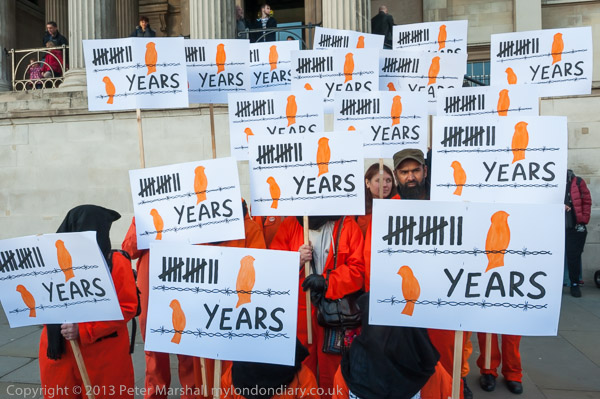
I took it with photographers to the left of me, photographers to the right of me, all taking more or less the same picture (though perhaps mainly a little wider, though that was even more boring and I couldn’t bring myself to process and publish that.)
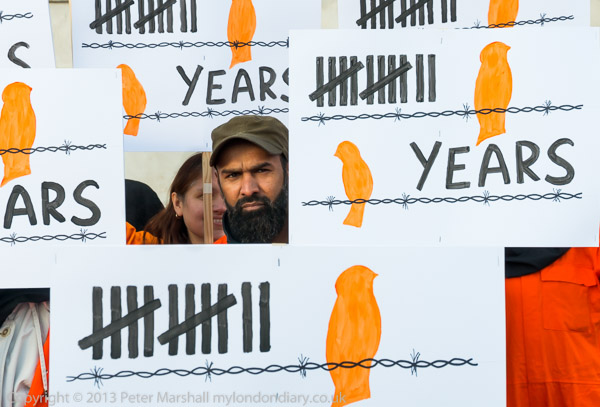
Sometimes you can rescue something from these situations. In this image there was one person who stood out to me, looking out from a gap between the placards, and he looked to me like a man in a prison. It seemed appropriate for a protest about a man held in prisons without trial for 12 years, still in Guantanamo – more pictures and about the protest on 12 Years of Illegal Guantanámo Jail
If I was the kind of photographer who arranges and constructs images I would have moved the woman behind him (and I could easily have Photoshop-ed her out, cloning the wall behind into the space, as well as copying more placards into the areas at bottom left or right. It would have made for a neater and probably better picture. I probably could have arranged the picture rather better by asking people to move or to move their placards, setting up a more perfect view of my idea, but for me that would have taken the picture away from being news and more into publicity or advertising, a direction in which I don’t want to tread.
Setting it up for me would have been unethical, but it would also have meant that the 22 other photographers (no I didn’t really count them, but it was probably around that number) would have taken the same picture too, while perhaps I was the only photographer who saw the picture as I did. Life is full of warts after all.
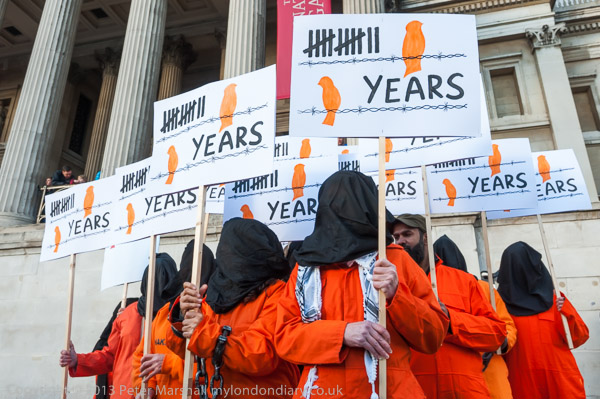
But I’d already really got my picture, while the person organising the photocall, who had had the idea and got all the placards made, was getting people into position. For a few seconds only, the group in the orange suits and black hoods with their placards were arranged in a triangular formation, and there was my picture. I don’t think anyone else was in the right place to see it and take it,
I had to rush off quickly to another protest, Repeal Indian anti-Gay Law, and there nothing was happening, just people just standing around, a few with placards, but doing very little and that with no animation. I was even quite pleased when one of the protesters on seeing me arrive started to organise most of those who had placards into a group for pictures.
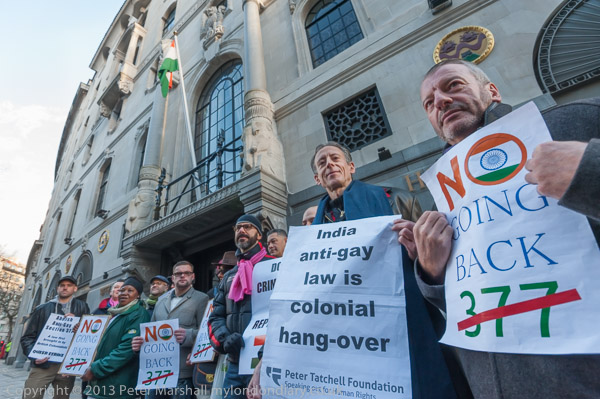
It didn’t make too exciting a picture, but it was better than just people standing around chatting with each other. It was a pity that the Indian flag wasn’t a little more cooperative, but there just wasn’t enough wind for it to fly.
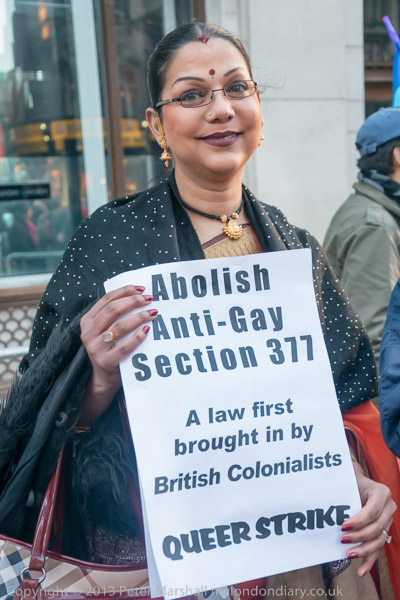
But perhaps the better pictures were by picking a few individuals and photographing them with the posters or banners they were holding.
I’d been intending to go on to Tottenham Police Station, where the family of Mark Duggan were leading a vigil a few days after the curious inquest verdict, both apparently internally contradictory and also to deny the evidence. But it was getting a little late, and I was also worried about the facilities that the press might get, and with good reason. I didn’t go, but friends told me they were corralled into a press area rather out of the way and unable to really get good pictures – and it showed in the work. Not a good way to handle the press.
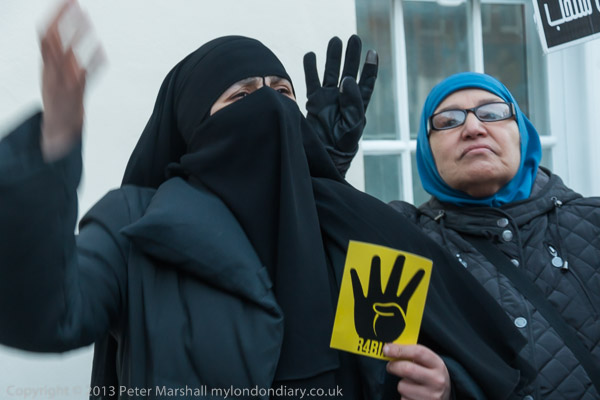
Instead, I made for the Egyptian embassy, where there were two groups of protesters for the Eyptians coming to vote in their country’s constitutional referendum. Immediately outside the embassy on the pavement were supporters of the new constitution and the deoosing of Morsi, many waving pictures of General SiSi, while opposite them across the road was a protest almost entirely composed of Muslims, with posters, banners, balloons and cards with the four-finger ‘rabiaa’ gesture, now a symbol of pro-Morsi protest, calling on Egyptians to boycott the vote.
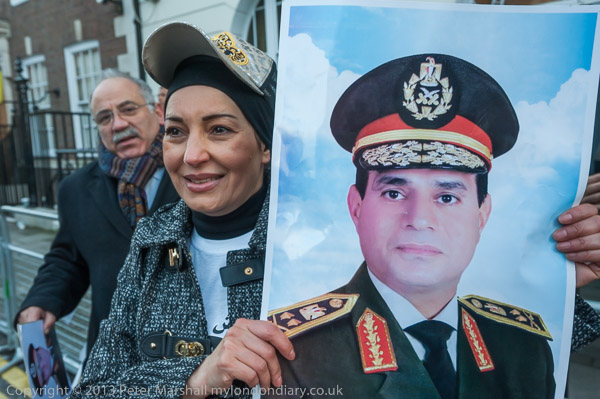
Both sides were noisy and animated, and although it was generally fairly clear from both the gestures and the posters (or the sweatshirts) who was in which protest, I decided it was easier to separate the two groups into two stories, Free Egypt Alliance Urge Vote Boycott and Sisi Supporters Oppose Boycott.
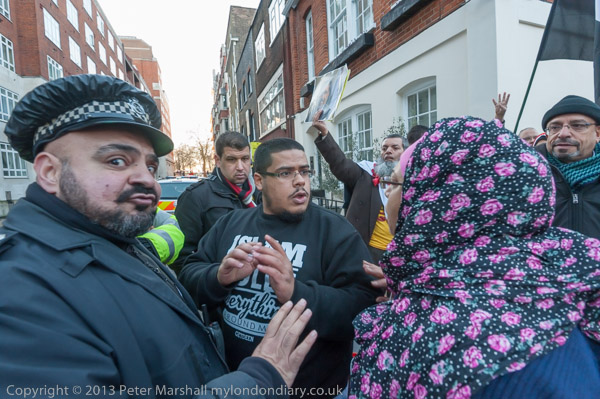
With four stories to sort out the images for and then write up, it was around midnight or after by the time I got to the text about the two Egyptian groups, and at first I managed to write up the stories but forgot to mention why both sides were there, and had to log on to both stories later and make things clear.
Continue reading Busy Saturday
